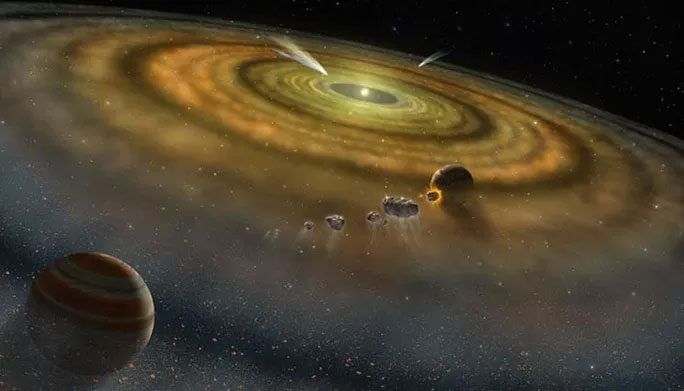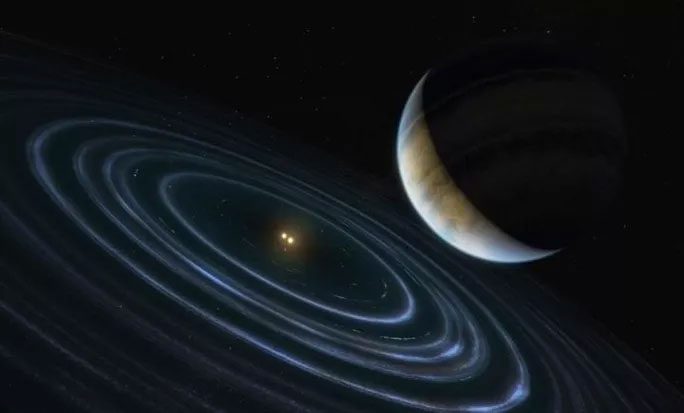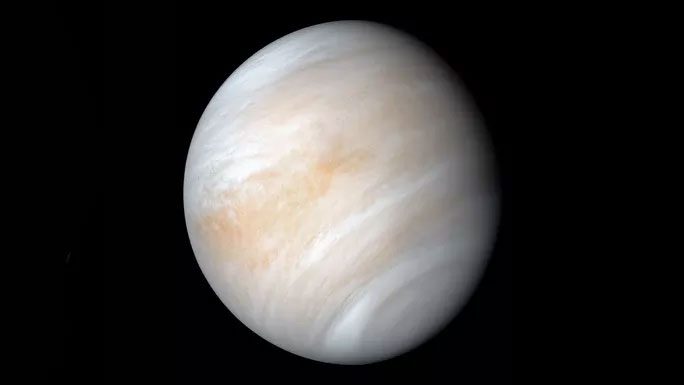Recent studies have completely reshaped the portrait of the Solar System.
1. The Second Sun: Lost Connection or Quietly Acting as the “Avenging Goddess”?
A study published in The Astrophysical Journal Letters from the Harvard & Smithsonian Center for Astrophysics (CFA – USA) reveals that there are strange traces in the Oort Cloud at the edge of the Solar System. These traces indicate that a colossal object once escaped from the Solar System billions of years ago.

The history of the Solar System is full of unexplored mysteries – (Graphic from ESA).
Based on stellar formation models, the authors believe that this is the “twin sister” of the Sun, created in the same star nursery and paired with the Sun for a long time. Currently, this “escaped Sun” has likely become the “mother” of another planetary system.
Subsequently, another research group led by Steven Stahler from the University of California, Berkeley, and astronomer Sarah Sadavoy from the Harvard-Smithsonian Center for Astrophysics (USA) proposed an even more shocking hypothesis: the second Sun – which they named Nemesis – still quietly exists in the dark region outside the Solar System, occasionally stirring things up and being the culprit behind the extinction cycles every 27 million years on the Sun!
Nemesis is the name of the “goddess of vengeance” in Greek mythology.
2. The Lost Planet
Not only could the “Second Sun” have existed and been ejected, but the Solar System may have also lost a planet, according to research from Carnegie Mellon University (USA), published in Icarus. This was a large planet located between Saturn and Uranus today. The study is based on the anomalies in the orbits of these two planets.

A giant planet that was once ejected or still hiding somewhere? – (Graphic from ESA).
The reason it was ejected could be due to the tumultuous influence of two powerful forces: the Kuiper Belt at the edge of the Solar System and the massive Jupiter, which affects most other planets in the Solar System.
In addition to this hypothesis, many other studies have also identified other potential ninth planets for the Solar System: it could be the famous asteroid Psyche, considered a “failed planet”; a giant planet at the edge of the Solar System that is playing with objects there; or it could even be Pluto, according to NASA’s statements.
3. Life in the Solar System is Common
Many studies targeting Venus, Mars, Jupiter, and even Pluto suggest that they could support life!
While NASA believes that life on Mars is now just fossilized remains billions of years old, they claim that Pluto likely possesses a subsurface ocean, while Jupiter – which has water vapor in its atmosphere – “may harbor strange forms of life.”

Venus – (Photo: NASA).
In 2021, Venus – the twin of the Sun – was considered the most promising candidate for current life, differing from earlier studies that suggested greenhouse effects had turned this once-ocean planet into a barren land.
A study by Dr. Sara Seager from the Massachusetts Institute of Technology and Dr. Clara Sousa-Silva, an astrophysicist from Harvard University (USA), discovered phosphine gas – which could be a product generated by life in Venus’s atmosphere. Meanwhile, research led by Professor Rakesh Mogul from California State Polytechnic University (USA) indicated that the levels of acidity and water activity in the clouds of Venus could be within acceptable ranges for existing microbial life.
Additionally, several studies have demonstrated that Venus may still have geological activity – a factor that helps a planet maintain a carbon cycle, stable temperatures, and atmospheric conditions conducive to supporting life.





















































